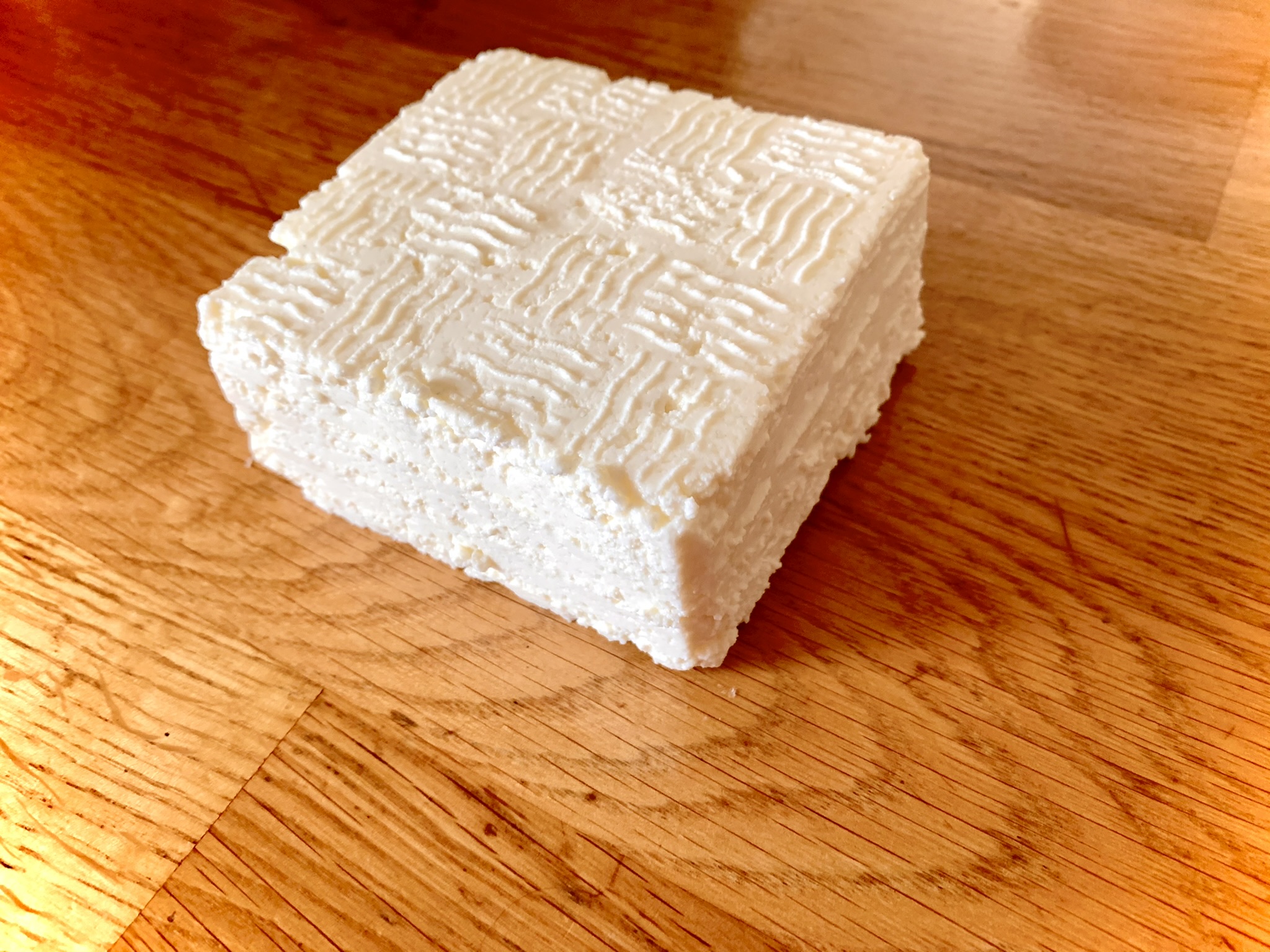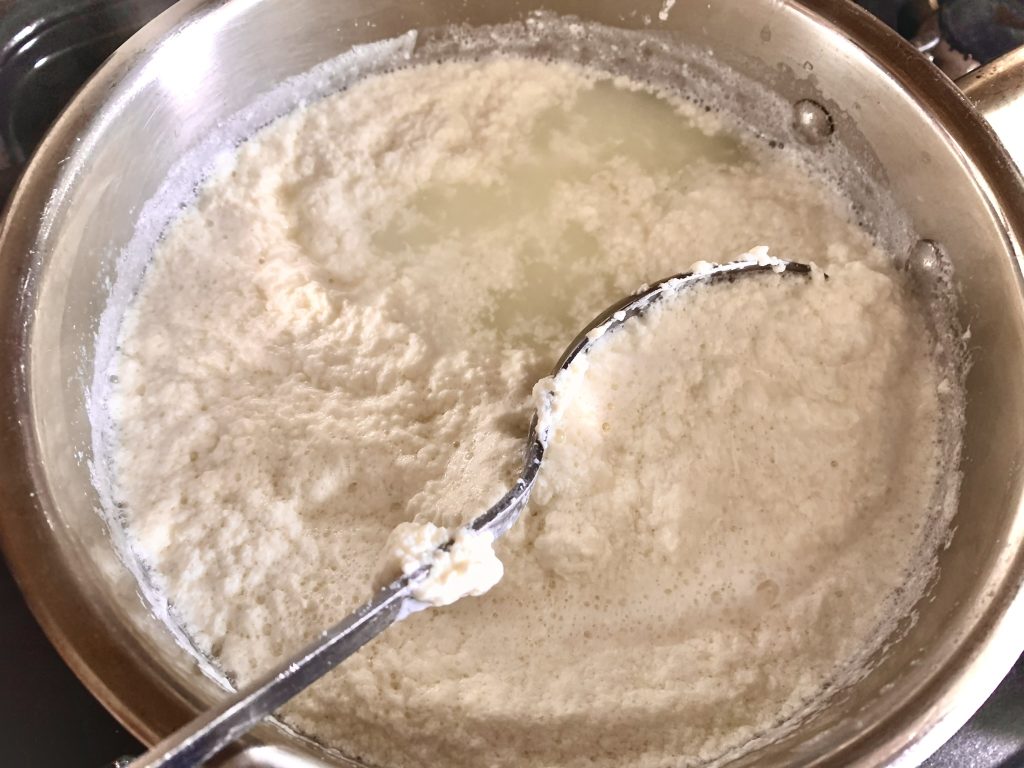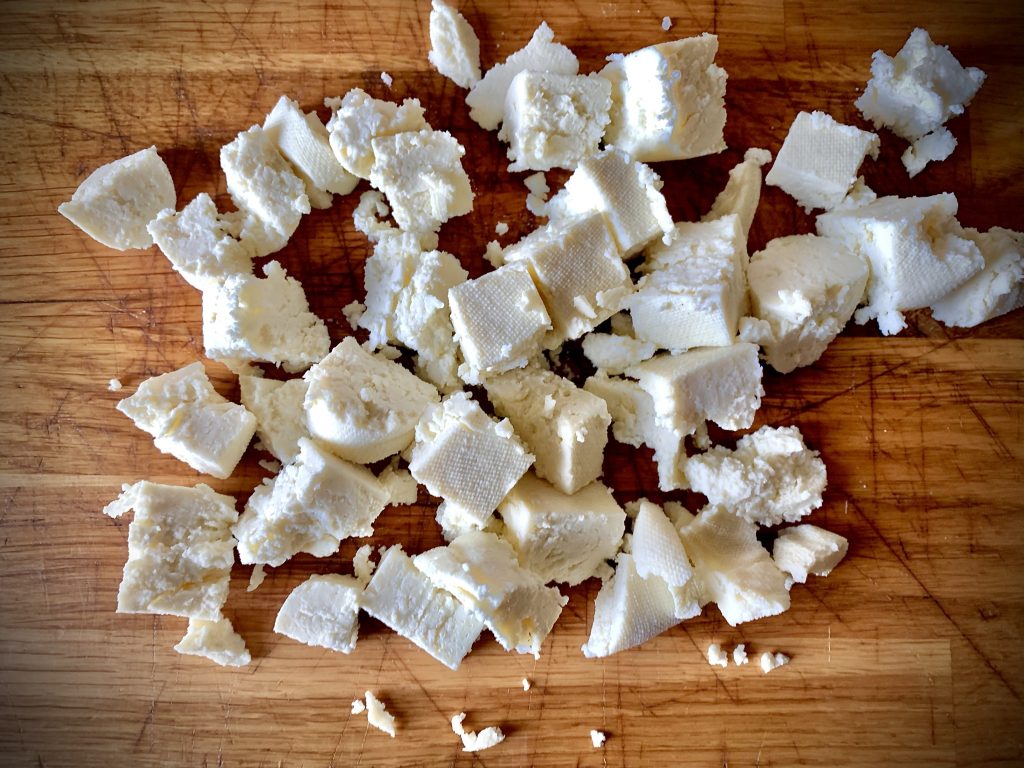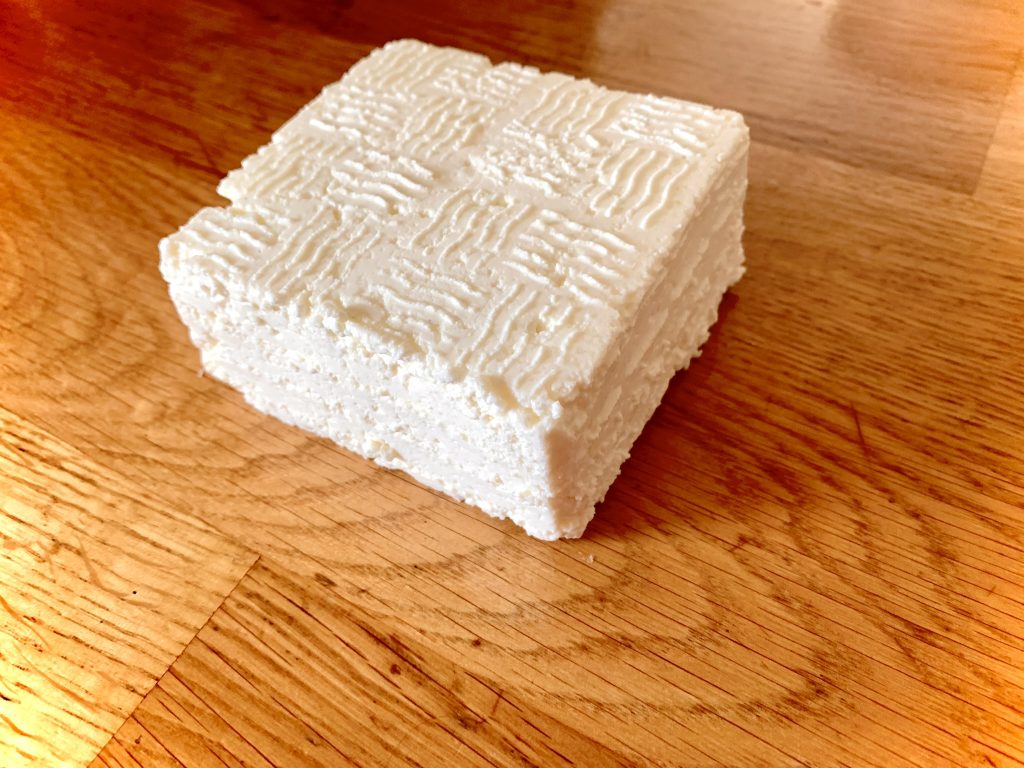The art and science of cheese making

Making your own cheese at home may sound a bit of daunting, but it’s actually something that can be fairly easy to master, with delicious results.
When we went into lockdown, I was looking for new ways to put the extra time at home to good use. I attempted some new culinary skills and techniques that required a bit more time and attention. Things that I wouldn’t have been able to do had I been going into the office every day, or spending my weekends away from home.
I made a sourdough starter – feeding, burping and lavishing attention over it like you would with a newborn baby. I bought some fermentation jars and experimented with pickling vegetables to make kimchi and sauerkraut. I dug out the stovetop smoker that had been sitting at the back of the cupboard gathering dust. I used it to smoke all manner of things – salmon, garlic, vegetables, even salt. However, one of the most simple, enjoyable and successful experiments was making my own cheese at home. And I would really encourage you to give it a go.
Of course cheesemaking is an art, but at a very basic level there are some simple recipes that can be mastered at home. I’ve had a go at making various different cheeses and I’ve been really pleased with the results and the taste. The trick is to know what you’re looking for and to trust your instincts.
What goes into cheese
At a very basic level, cheese making only needs a few ingredients:
- Milk – cheese is made from cow, goat, sheep or buffalo milk. Cow’s milk is the most widely used in cheese production because it produces the biggest yield. Some cheeses (like feta or Wensleydale) can be made with a combination of milk from two animals. Vegan cheese is usually made with nuts, most commonly almonds or cashews, but it can also be made with soya beans.
- Rennet – is the ingredient that helps to coagulate the milk. Rennet comes from enzymes which occur naturally in the fourth stomach compartment of calves, lambs or kid goats. It’s these enzymes that helps to separate the liquid ‘whey’ from the solid ‘curds’ in the milk. However vegetarian rennet is also readily available. Not all cheeses use rennet. Some fresh cheeses use acid, in the form of vinegar, lemon juice or citric acid, to curdle the milk.
- Starter cultures – these specially produced bacterias can also be added to milk to impart specific flavours and textures to the finished cheese. They can also help to prevent any bad bacteria from spoiling the cheese. Some fresh cheeses, like mozzarella and ricotta, can be made without starter cultures.
- Salt – this helps to add flavour to the cheese as well acting as a preservative.
Once the cheese has been through the initial production process many other things may happen to it before it’s ready to eat.
- Smoking – cheeses can either be cold smoked, which can take anything from a few hours to a couple of days, or hot smoked, which will partially cook the cheese during the smoking process. Classic smoked cheeses include smoked scamorza (a cow’s milk cheese from southern Italy which is a bit like mozzarella), smoked Lincolnshire Poacher or smoked Appleby’s Cheshire.
- Wrapping – some cheeses are covered in cloth (like Cheddar or Cheshire), wax (like an aged Gouda) or even plants (like nettles in the case of Cornish Yarg). This helps to protect the cheese as it ages, but can also impart flavour into the final product.
- Pressing – cheeses can be pressed to remove extra moisture from the curds.
- Cooking – cooking the cheese at high temperatures after the curds have been cut results in a cheese with a reduced moisture content. Examples of cooked cheeses include Parmigiano Reggiano or Gruyère.
- Flavouring – extra ingredients such as cream, herbs or spices can be added to the cheese during the production process.
- Mould or Yeast – like with some blue cheeses or Brie de Meaux an external mould or yeast may be introduced to add both flavour and texture as the cheese ripens.
- Washed rind – some cheeses are washed in a solution, like brine or alcohol, as they age to encourage the growth of bacteria. Many French cheeses follow this process, including the famous Époisses PDO which is washed in brandy. The finished product is so pungent that it is banned on French public transport.
Cheese making equipment
If you invest in one piece of equipment when making cheese at home, I’d recommend you buy a digital food thermometer. Different cheeses will need the milk to be heated to a very specific temperature to ensure it doesn’t kill off the cultures that you’re adding to it. Heating the milk to a specific temperature requires skill and, although you might be able to learn how to eyeball it, having an accurate temperature taker removes a lot of the stress out of the process.
If you invest in two pieces of equipment, get yourself an unbleached food grade cheesecloth. A clean tea towel will do the job, but a cheesecloth, because it’s fine, will allow all the whey to drain from the curds easily.
Cheeses I’ve made at home
I’ve made quite a few cheeses during lockdown and some have been more successful than others. However, the more often you practice, the easier it is to spot what each stage of the process should look like.
- Mozzarella – the iconic Italian cheese made with either buffalo or cow’s milk. Pizza wouldn’t be the same without its fresh and milky notes.
- Paneer – sometimes referred to as Indian cottage cheese, but I think that does paneer a disservice. If you order Indian curries a lot, there’s a good chance you’ve had paneer.
- Ricotta – another classic Italian soft cheese often used in both sweet and savoury dishes.
- Labneh – made with yogurt rather than milk. This is one of the simplest cheeses to make and requires only two ingredients – yogurt and salt.
- Roule – a classic French cheese flavoured with garlic and herbs.
- Queso fresco – a Mexican cheese that translates to ‘fresh cheese’ in English. It’s soft and crumbly and makes a great addition to tacos, enchiladas and slow cooked meat dishes.
In future blog posts I’ll show you how to make some of these different cheeses and give you some examples of delicious recipes to use them in.

Curdled milk 
Homemade paneer 
Homemade ricotta